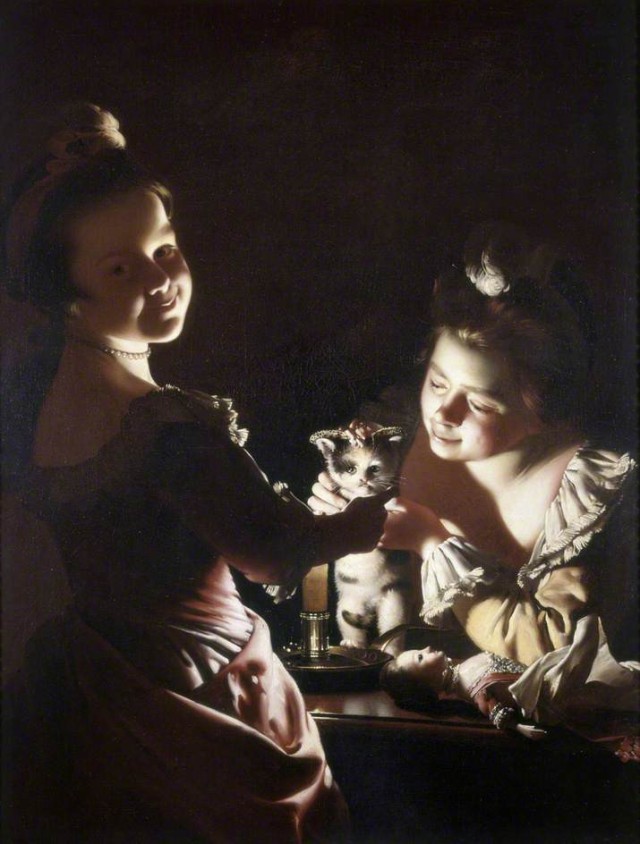
We thought today we would take a look at newspaper reports about these furry felines and were quite surprised by the articles we found, so here we go, were they fact or merely folklore, please don’t ask us to verify the truth behind any of them!
The Sun, 1st January 1795
A few days ago a cat kept by Mr. Wood, boatman, at Sleaford, produced a kitten with two heads and two tails, which was remarkably strong and lively and sucked alternately with each head, till puss, displeased with the monster she had brought forth, set her teeth and talons to work and killed it, and that after she had suckled it for two days and two nights.
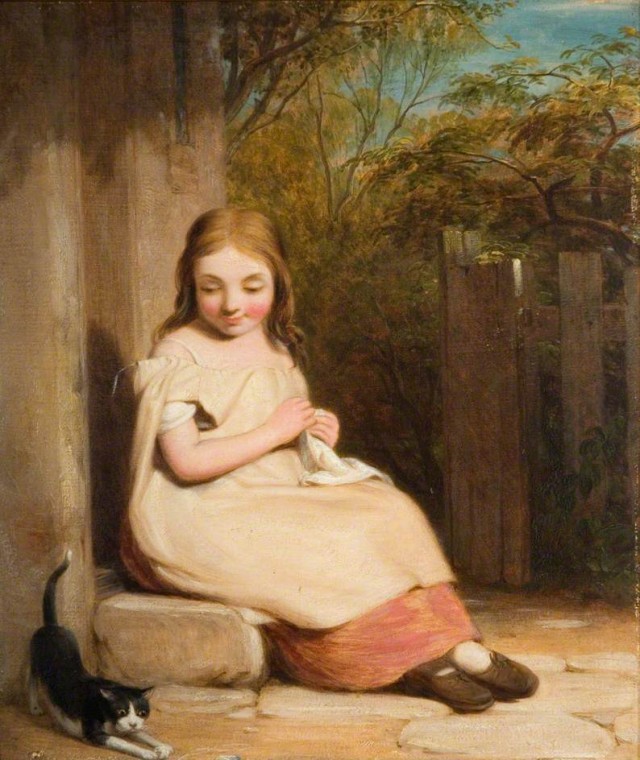
On the 30th October 1799, The Observer wrote the following:
Mr. Bowle, tool-maker of Ipswich, has a cat of the tortoise-shell kind, which last week produced a fine male kitten marked in like manner. This we believe to be the first instance of a male cat of this colour on record.
WRONG … Mr Bowle would have been out of luck as one was reported to have been born over 20 years earlier according to the Morning Chronicle and London Advertiser of August 29th, 1776:
So do any of our readers know when the first male tortoiseshell cat appeared?
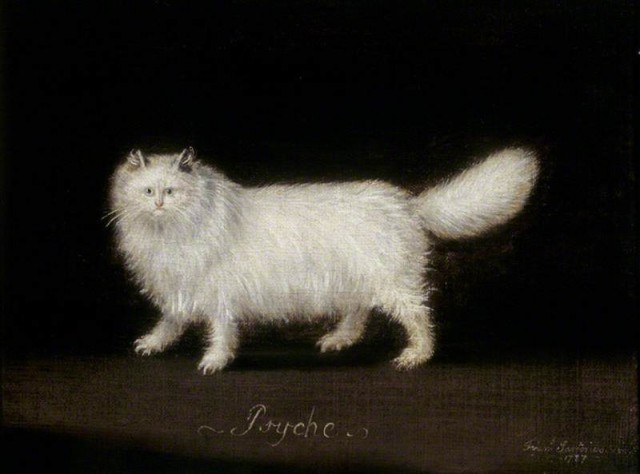
On the 24th October 1800, The London Packet, returned us to Ipswich with this article
Thursday a gentleman in this town bought a cod fish; on dressing it, a kitten and crab were found in its belly. It was afterwards cooked, but those who knew the circumstance preferred something else for dinner.
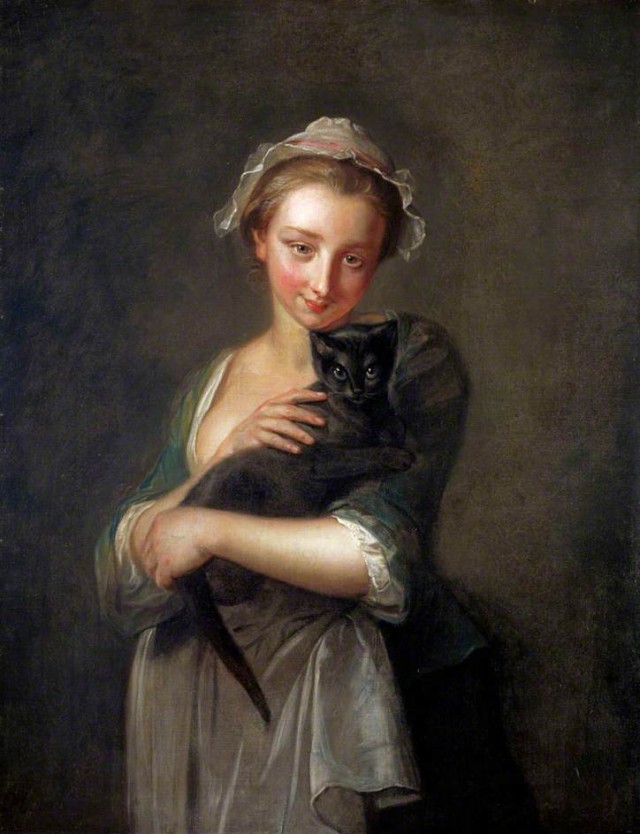
On the 25th April 1798, The London Packet wrote that:
On Thursday last a cat in the Groat Market, Newcastle, brought forth a kitten of the following curious description: – It has eight legs and four ears, two of the latter are close together upon the top of the head, the others in the usual places. From the middle backwards, it separates and has all the parts complete of two, one male and the other female. The foreparts are those of a single animal, except the ears and legs.

Our final offering really does defy belief. It is taken from Stuart’s Star and Evening Telegraph, 17th April 1789.
Dr. Falconer, an eminent physician of Bath, has lately made a discovery that will astonish all mankind. The Horse of Knowledge, the Stone eater or the Learned Pig, will now be thought trifling, as the doctor has fallen upon a method to learn a cat to perform all the actions of a human being!
The doctor has always been very fond of this ferocious animal. If ever he hears that a cat is with kitten, he attends her carefully twice a day and administers such medicines as he thinks may operate favourably; and, though in this human practice he has often been received in a scratching manner, yet his perseverance is unalterable.
At present he has a cat tutored to such perfection that it dresses his hair, writes letters, prepares medicine, and some persons say he will soon learn it to wait on his patients.
He however, does not intend to make any public show of this surprising creature … but has in contemplation to set up a school to teach cats and to advertise places for them; and there is no doubt but their qualifications will be very extraordinary.
Our final painting is a rather ‘cute’ one by James Northcote which was, according to The Oracle and Public Advertiser painted around 23rd July 1795:
Northcote, the painter, is occupied upon a very difficult subject, the visitation to Balaam…the same artist has produced a beautiful portrait of a girl with a kitten.
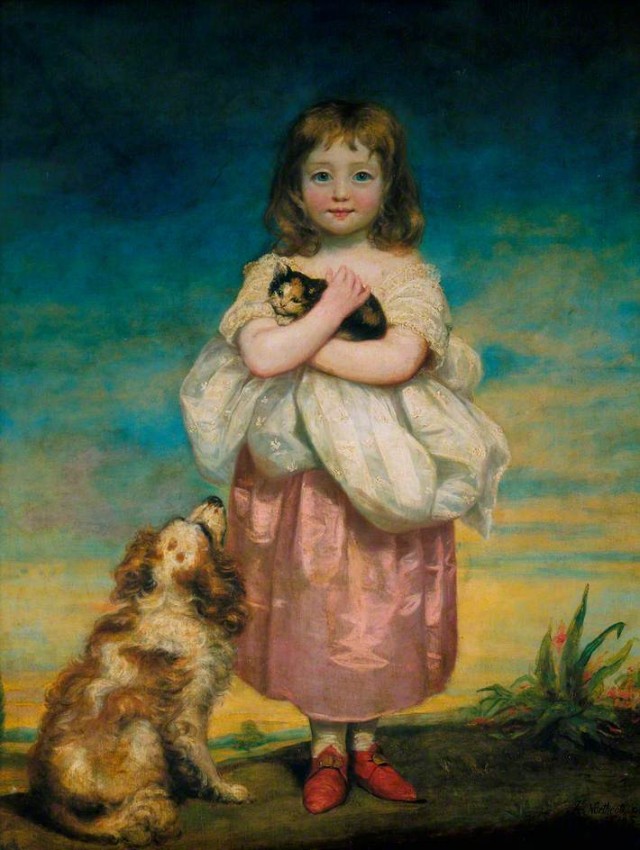
Header image: The Sense of Touch by Philippe Mercier, 1744-1747

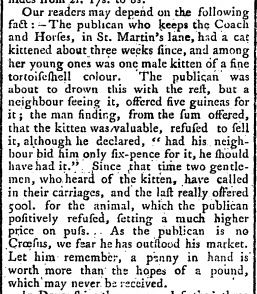
A veritable cat-alogue of surprising felines!
LikeLiked by 2 people
tortoiseshell males are incredibly rare, but have always existed. The colouration is sex linked and it requires some nifty genetics. Generally male tortoiseshells are sterile and tend to exhibit feminine behaviour and are probably either chimeras or have an extra x chromosome. They are so rare that there haven’t been a lot of studies done. They are much rarer than the all-ginger female who may be conceived in a back cross of the daughter of a ginger tom and another ginger tom, which in the wild usually means her own father, leading to this colouring being called the Oedipussy.
LikeLiked by 2 people
Reblogged this on Lenora's Culture Center and Foray into History.
LikeLike
Pingback: History a'la Carte for National Cat Day 2017, part 3 - Random Bits of Fascination
Pingback: History a'la Carte for Ginger Cat Appreciation Day 2018 ~ Random Bits of Fascination